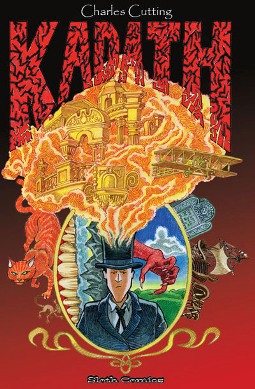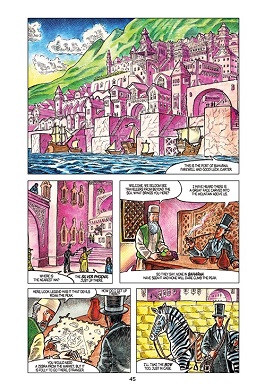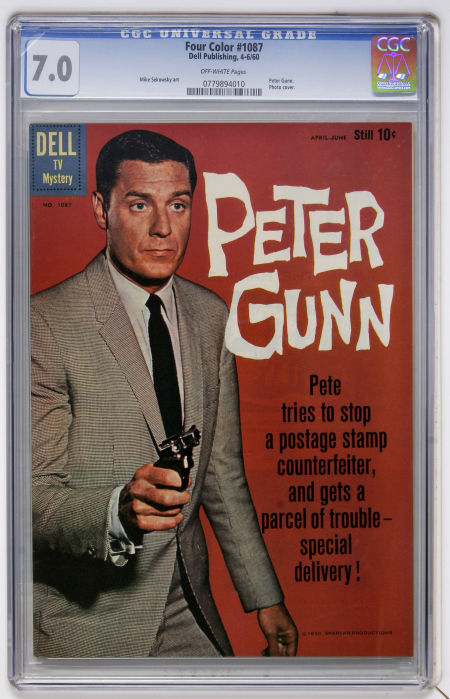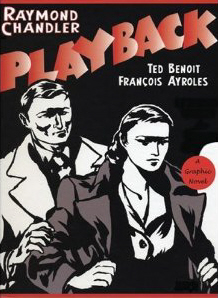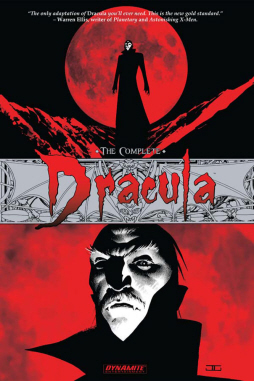Who’s Afraid of The Fearsome Fang?
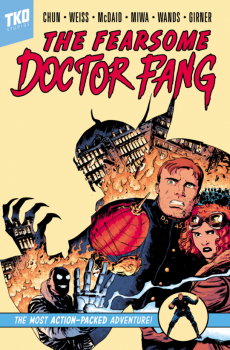
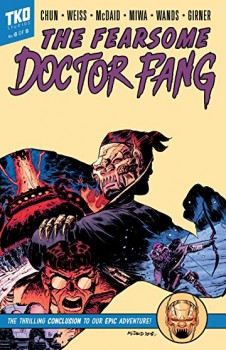 The Fearsome Doctor Fang was published by TKO Studios in December 2018. The title only recently came to my attention on the recommendation of a fellow member of The Sax Rohmer Society. As soon as I saw the hero was named Nayland Kelly, I was sold.
The Fearsome Doctor Fang was published by TKO Studios in December 2018. The title only recently came to my attention on the recommendation of a fellow member of The Sax Rohmer Society. As soon as I saw the hero was named Nayland Kelly, I was sold.
Writing new Yellow Peril titles in the 21st Century is understandably a tricky business. James Bond is a rare pulp-influenced franchise to have escaped unscathed despite Dr. No becoming the first of the series to reach the silver screen. The relatively understated yellow-face performance from Joseph Wiseman in the 1962 Sean Connery film never offends audiences the same way Mickey Rooney’s broad Japanese caricature does in Breakfast at Tiffany’s.
Political correctness damns Rooney’s over-the-top and insensitive Mr. Yunioshi while ignoring Jerry Lewis or Vito Scotti doing virtually the same offensive vaudeville routines elsewhere in film and television in the same era. What triggers viewers or readers is often the perception of just how offensive a portrayal is; though some of course would prefer to banish all trace of Yellow Peril and yellowface as a matter of principle.
So I was immediately curious how TKO Studios approached The Fearsome Doctor Fang. I was surprised to see a white hero and heroine on the cover as mixing it up a bit racially seemed the easiest path to navigating through rocky waters. While waiting for the book to arrive, I read up on the publisher. TKO Studios is a relatively new comics publisher on the scene whose approach to distribution is akin to television binge-watching. Multi-part titles are published digitally and in print in their entirety at once. Trade paperback and deluxe collected editions are also immediately available.
The co-creator of The Fearsome Doctor Fang is TKO Studios co-founder Tze Chun. A professional television writer/producer for series such as Gotham and Once Upon a Time and an award-winning independent filmmaker in his own right; it is likely that TKO Studios have an eye on developing their properties for other media.
